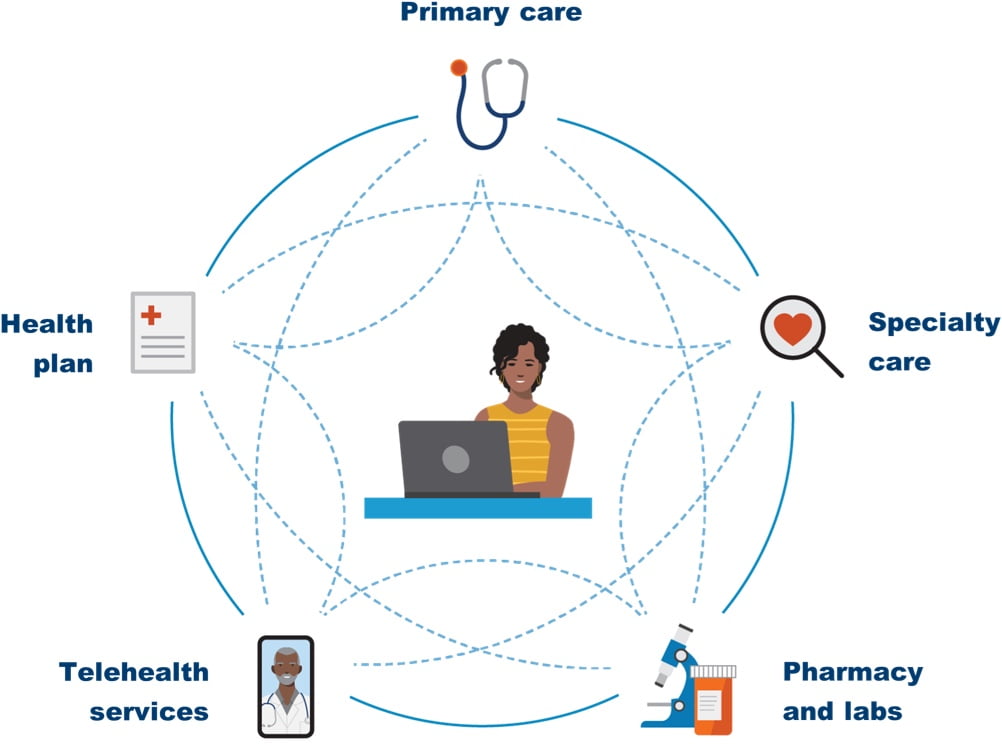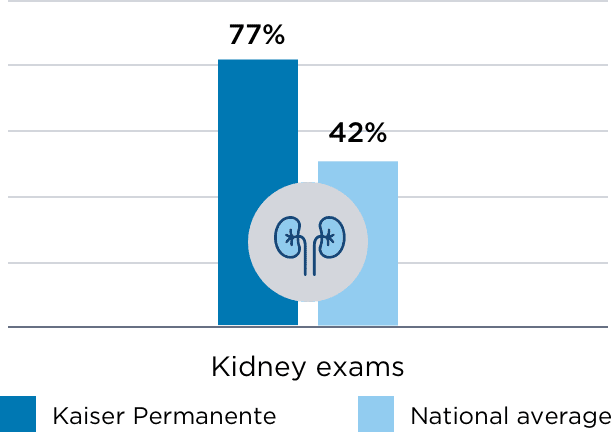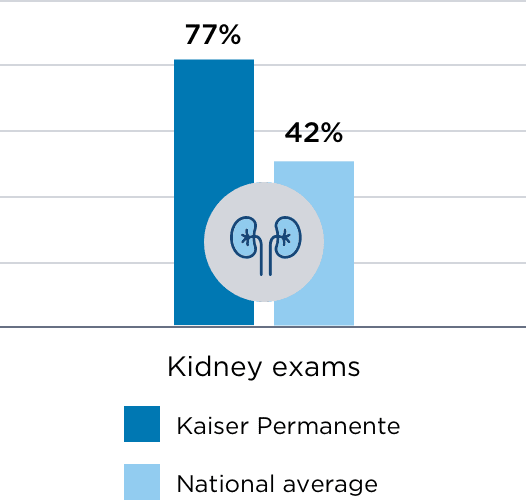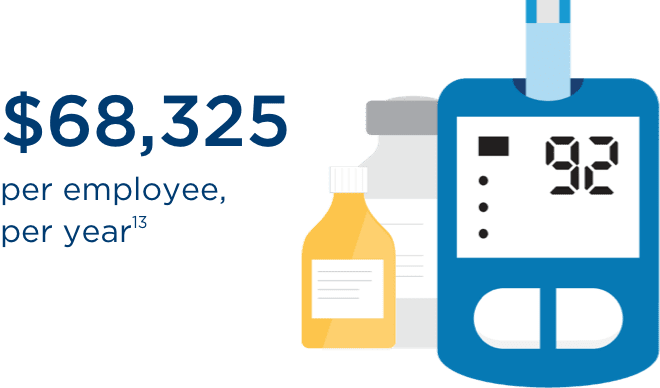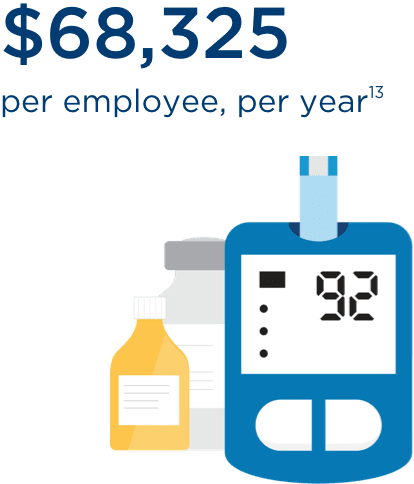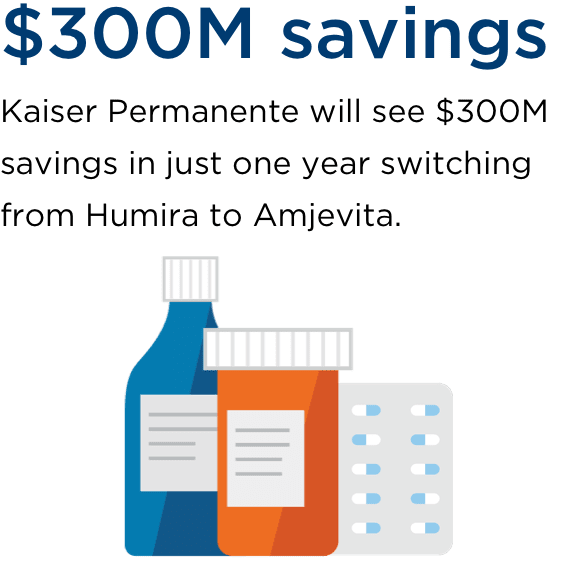Integrated care and coverage that optimizes workforce health
At Kaiser Permanente, primary care, specialty care, pharmacy, labs, medical facilities, and health plans all work together in one coordinated and connected system. This eliminates the redundancies and inefficiencies that are so prevalent in other health care organizations — and creates cost-saving opportunities our competitors simply cannot match.
Plus, our incentives align with yours. Our doctors are rewarded for providing the right care — not more care. That means their sole motivation is to achieve the healthiest outcomes — for every member, at stage of life, and in every level of care.


